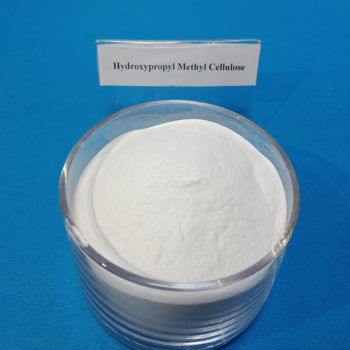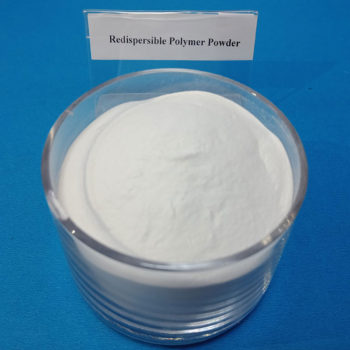China cellulose ether manufacturer
China HPMC factory,have a daily output 150 tons,our products including Hydroxypropyl Methyl Cellulose (HPMC), Redispersible Polymer Powder (RDP) ,which can be widely used in building materials such as dry mix mortar, gypsum based plaster, wall putty, tile adhesive, cement mortar, EIFS, detergent and so on.


HPMC CELLULOSE ETHER IN BUILDING
Hydroxypropyl Methyl Cellulose (HPMC) is extensively used in building materials for its various properties such as water retention, thickening, and workability improvement. Here's a more detailed look at its applications in the construction industry:
1. Mortars and Renders:
-
Water Retention: HPMC acts as a water retention agent, preventing rapid drying of mortar or render mixtures. This improves workability and extends the time available for application.
-
Thickening: It enhances the viscosity of the mix, aiding in preventing segregation of constituents and improving cohesion.
-
Improved Adhesion: HPMC improves adhesion between mortar/render and substrate, leading to better bond strength and reduced cracking.
-
Crack Resistance: By enhancing the flexibility and cohesion of the mortar, HPMC helps reduce the likelihood of cracking in the cured material.
2. Tile Adhesives:
-
Water Retention: Similar to mortars, HPMC in tile adhesives helps retain water, allowing for proper hydration of cementitious materials and improving the adhesive's workability.
-
Enhanced Open Time: The prolonged workability provided by HPMC allows for longer open time, making it easier to adjust tiles during installation.
-
Improved Bond Strength: It improves the bond strength between tiles and substrates, ensuring durable and long-lasting installations.
3. Gypsum Products:
-
Water Retention: In gypsum-based materials such as plaster, HPMC helps to control the rate of water absorption, improving workability and reducing cracking.
-
Workability: HPMC improves the spreadability and workability of gypsum mixes, ensuring smooth application and finishing.
4. Cement-based Products:
-
Self-Leveling Compounds: HPMC is used in self-leveling compounds to improve flow and leveling properties.
-
Joint Compounds: In joint compounds for drywall installation, HPMC acts as a thickener and binder, providing better workability and adhesion.
5. Exterior Insulation and Finish Systems (EIFS):
-
Crack Resistance: HPMC helps improve the flexibility and durability of EIFS coatings, reducing the likelihood of cracking due to temperature fluctuations and substrate movement.
-
Water Resistance: It enhances the water resistance of EIFS by improving the cohesion of the coating material.
6. Concrete:
-
Admixtures: In concrete mixes, HPMC can be used as an admixture to improve workability, reduce segregation, and enhance pumpability.
-
Shotcrete: HPMC helps improve the cohesion and adhesion of shotcrete mixes, allowing for better application and reduced rebound.
Conclusion:
Hydroxypropyl Methyl Cellulose (HPMC) plays a vital role in the construction industry, enhancing the performance and workability of various building materials. Its water retention, thickening, and adhesive properties make it a versatile additive, contributing to improved quality, durability, and ease of application in construction projects.